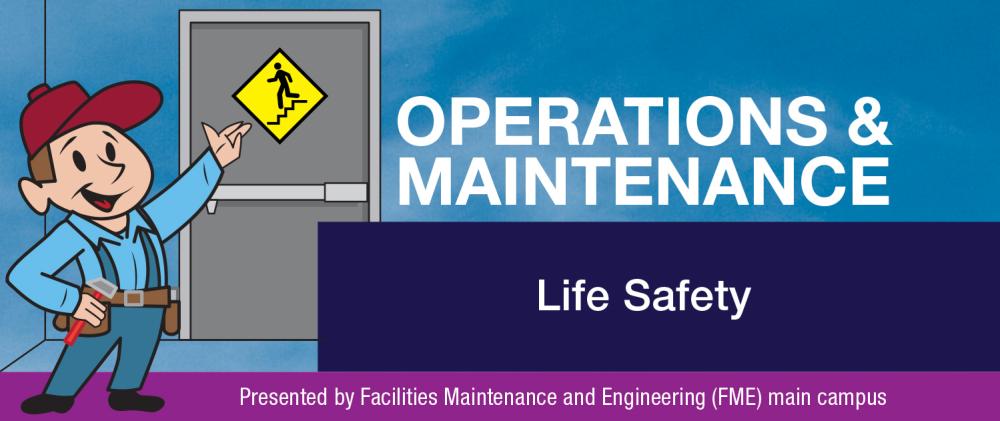There are many safety rules and regulations designed to keep us safe as we carry out our individual tasks at NCI, but this issue of the O&M Newsletter is all about evacuation. Specifically, it highlights the importance of the systems and components that ensure the safe evacuation of all building occupants in emergency situations.
Emergency evacuation—If it becomes necessary to evacuate a building for any reason, please don’t hesitate to activate any fire alarm “pull station.”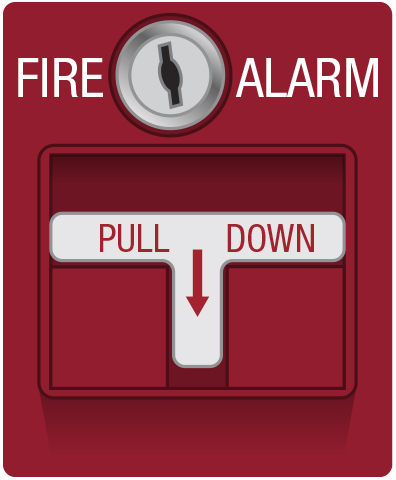
Fire alarm systems—Fire alarms can be activated through several different methods:
- Manually activated “pull” stations
- Detection of water flow (sprinkler head activation)
- Smoke or heat detectors
Upon activation of the fire alarm system:
- Please exit the building immediately.
- Do not use elevators to egress the building.
- Do not re-enter the building until the “all clear” is announced by the Fire Department or an appointed official.
Fire suppression systems (sprinklers)—Individual sprinkler heads can only be activated by a local heat source.
- Care should be taken not to hit the sprinkler head, as this could cause accidental activation. Do not hang anything from or use sprinkler heads for any other purposes.
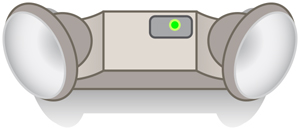
Corridors (means of egress)—Please click the emergency light for more details.
Emergency lights/exit lights—Emergency lights are typically battery powered in the event of an electrical power outage and are designed to provide temporary illumination for controlled egress from the building.
Egress from building—Please know your evacuation route as well as your designated assembly area. If you are unsure, please contact your Building Coordinator. Please note that electronically locked doors are designed to deactivate with a fire alarm.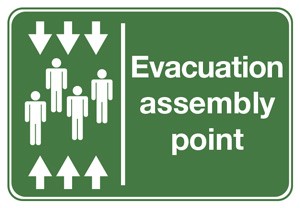
Fire-rated systems—There are many areas in the buildings around campus that are constructed to slow the spread of fire, such as stair towers, electrical/mechanical rooms, and building separation walls. It is essential that these “rated” systems remain intact as designed.
Stair towers—Stair towers are among the most important fire-rated systems in a building, as they allow safe egress in the event of fire. Please observe the following rules:
- Absolutely no storage of any kind in stair towers.
- Equipment should not be installed or routed through stair towers.
- Doors are not to be blocked open for any reason. They must remain closed to function as designed.
Door stops—The use of door stops is discouraged in all areas and is strictly forbidden in others such as stair towers, fire stop walls, electrical/mechanical rooms, and high-hazard rooms or areas. Blocking doors open may damage the door/frame, affect heating/cooling or the balance of the HVAC system, and seriously compromise safe egress in the event of fire.
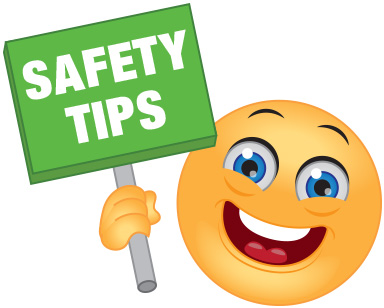
As always, when you change your clocks for daylight saving time, remember to change the batteries in your smoke detectors. 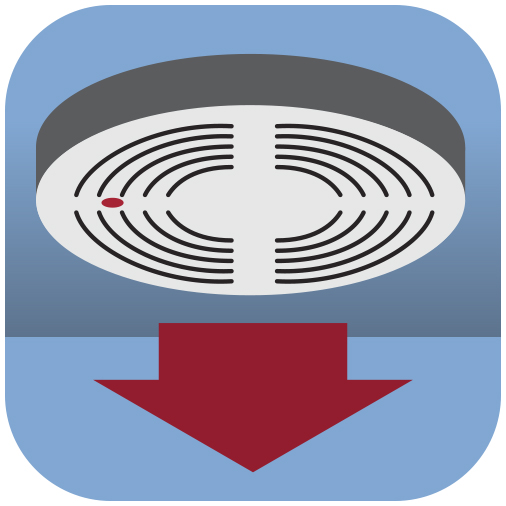
- Three out of five home fire deaths occur in properties without working smoke alarms.
- Thirty-eight percent of home fire deaths occur in homes with no smoke alarms.
- The risk of dying in a home fire is cut in half in homes with working smoke alarms.
Please click on the smoke detector for more details.
Click the following link for additional in-depth information about FME: https://ncifrederick.cancer.gov/services/fme
Contact the Help Desk
E-mail: fmetrbldsk@nih.gov
Phone: 301-846-1068



